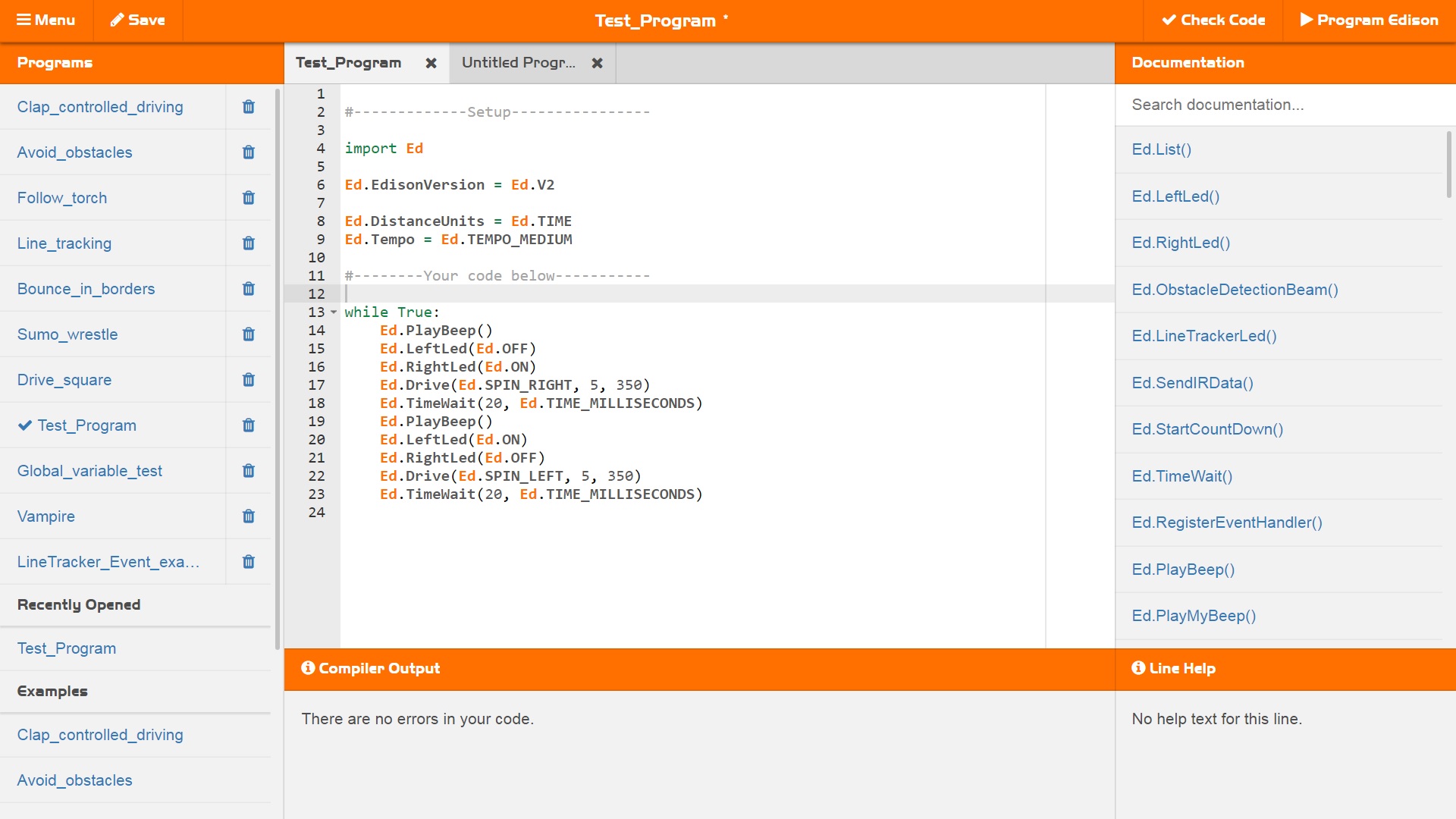Programma Obmotka Em

2527 2.35% 1713 1.59% 1 0.00% 1 0.00%. 1 0.00% 1 0.00%.
Linda Regan, M.D., Associate Professor and Vice Chair, Department of Emergency Medicine Thank you for your interest in our four-year residency program. Battle realms winter of the wolf trainer 11 free download. The Johns Hopkins Emergency Medicine Residency Program is an innovative educational program that pairs exceptional clinical training in some of the most exciting emergency departments (EDs) in the country with individualized niche development within the most dynamic areas of our field.
Residents work and learn in urban and community settings while surrounded by some of the brightest medical minds in the country—both in emergency medicine and across specialties. Johns Hopkins is home to a high acuity and diverse patient population, a busy adult Level 1 trauma center, the only regional Level 1 pediatric trauma center, the regional burn unit and the regional eye referral center for the state of Maryland. Within a health care system spanning specialty referral centers and smaller community EDs, these unique clinical experiences allow our program to train superb, well-rounded emergency physicians who are ready to practice in any medical setting. Residents’ final year of training is dedicated to developing bedside teaching and supervisory skills in the ED while completing an embedded fellowship-level experience as part of our. Postgraduate year four (PGY-4) FAST residents receive significant protected time, funding based on an individualized budget and dedicated mentorship with the goal of developing expertise, scholarship and critical skills needed to start either an academic or leadership career.
The aims of our program are to: • Recruit top candidates. • Inspire residents to develop passion and expertise within a niche in emergency medicine under experienced mentorship. • Produce well-rounded and versatile clinicians who can care for the entire spectrum of patients with emergencies.  • Nurture future leaders in emergency medicine and beyond. • Create an environment that promotes a focus on wellness and resiliency. • Develop critical skills around lifelong learning.
• Nurture future leaders in emergency medicine and beyond. • Create an environment that promotes a focus on wellness and resiliency. • Develop critical skills around lifelong learning.
Watch the Residency Program Videos. Gabor Kelen, M.D., Professor and Chair, Department of Emergency Medicine The Johns Hopkins Emergency Medicine Residency Program is one of the oldest and most dynamic in the country, offering residents the opportunity to work and learn in a large urban hospital setting surrounded by some of the brightest medical minds in the world. Residents have access to a broad range of opportunities at the many campuses of the Johns Hopkins Health System in Baltimore, Maryland. Our provides residents with the opportunity to spend their final year of training focused on an area of interest so they can develop specialized expertise. Fourth-year residents take on the schedule of a typical academic physician while working under the guidance of a dedicated faculty mentor to become skilled in one of many emergency medicine subspecialties. We call this. While there’s no question our residents have many exciting challenges, they also form strong friendships with their peers and lasting professional relationships with the Johns Hopkins faculty.
There is also ample time to enjoy Baltimore—a cultural gem and one of the most charming cities on the East Coast. At the end of the day, the goal of the residency program is to challenge, engage and inspire our residents to emerge as world class leaders in emergency medicine and beyond.
The Four-Year Program The Johns Hopkins Emergency Medicine Residency transitioned from a three-year to a four-year program in July 2008. Our four-year curriculum allows residents to enjoy significant augmentation of academic and specialized experiences, which have become increasingly necessary as our specialty continues to evolve. The Johns Hopkins four-year program, called, is unique in the country.The fourth year follows the format of a traditional subspecialty fellowship. Since many fellowships are two years long, one major advantage to the program is that the FAST track chosen may be considered equivalent to the completion of an entire year of a fellowship (similar to advanced placement) at Johns Hopkins.

Further subspecialty fellowship training in the area chosen, should it be pursued, is one year less than the standard program. Johns Hopkins has developed formally approved fellowships, and the FAST tracks align with most of these fellowship areas. They are: administration/leadership, disaster/austere EM, EMS, global emergency services, international EM, medical education, observation medicine, palliative care, pediatric EM, research, science of health care delivery, social EM, tactical medicine, toxicology and ultrasound.
Declaration of the FAST track chosen by a resident can occur as late as the third year, allowing the resident to fully explore the possibilities before committing to an area of focus. Once in the fourth year, each resident works clinically in the ED for a total of 1,080 hours annually in both primary patient care and supervisory roles. Residents spend the remainder or their nonclinical time working toward completion of the goals and objectives of their track(s). We believe this longitudinal yearlong experience enables residents to be productive and offers ample opportunity for participation in research, teaching, course work in our school of public health, international electives and other opportunities.